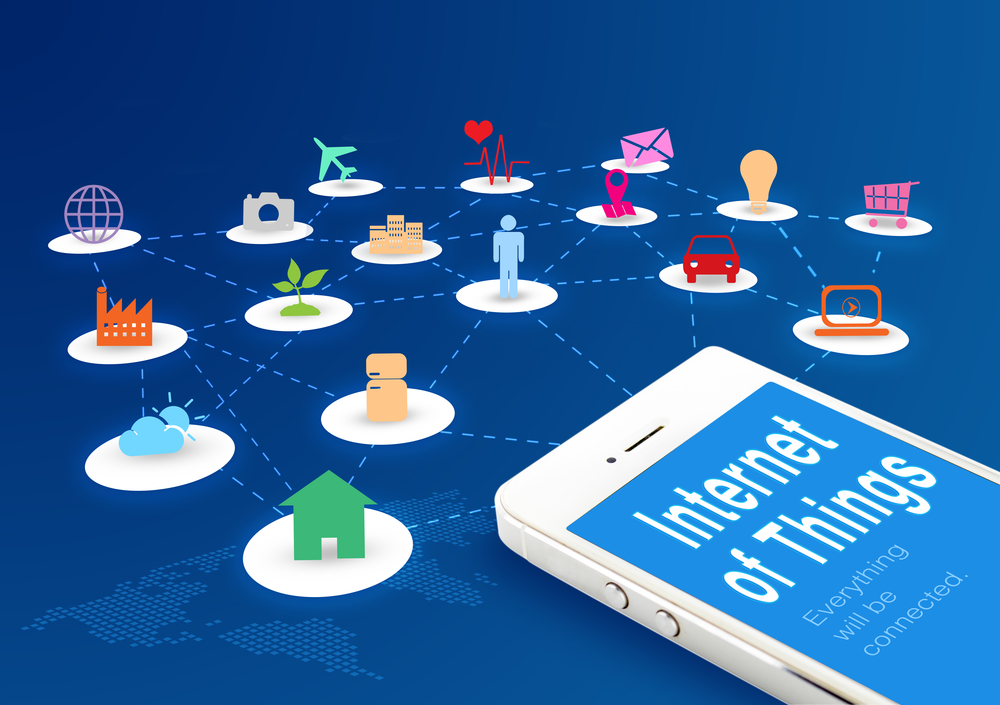Recent research by analyst firm Gartner said the Internet of Things (IoT) is creating new software vendors, and calls for manufacturers to maximise revenue potential around data monetisation “by shifting product value from device hardware to the software running on the device and applying an appropriate licensing strategy”.
The digital economy is making all enterprises software businesses as technology invades organisations and their products and services are becoming more digitised.
Indeed, IoT is one of the clearest examples of how technology trends are converging. The decreasing cost of designing and manufacturing chips, and the ability of those chips to connect to a network and communicate with other devices, has created a new platform for innovation.
>See also: Why the Internet of Things is more than just a smart fridge
Big data is also integral as IoT captures vast amounts of data in real-time and can transmit that to a central repository. However, for this process to work efficiently, deploying software is critical to define, capture, transmit, accept and analyse the data.
Now companies that have focused primarily on hardware and manufacturing must produce engineering-grade software to drive the data. Older principles of firmware must be rethought as a much wider array of devices need to be connected and communicated with.
This means that manufacturers and companies that deploy IoT will have to ramp up extremely rapidly on the software technology side. And, their customers that stand to gain tremendous advantage must develop expertise in big data and gain an understanding of how to derive revenue from data monetisation.
Not only is this a daunting technology challenge for most businesses not founded on software, but more importantly the key to success here will be how to delve into contextual data effectively – not only to drive data monetisation, but to create a consistent, engaging customer experience for end users around IoT data.
To maximise this revenue potential around data monetisation of the IoT, businesses will need to marry design (user experience) and software development (engineering). A clear example of the customer experience is the hyper-personalisation possible through big data analysis.
Companies can also unleash the power of the data collected via IoT by opening it up to the outside world (versus employing closed systems) in a format that is easily consumable.
This is where contextual data bridges the gap in IoT and opens up new business opportunities. IoT architecture is today enabling interoperability without really taxing the trillions of simpler end points – something organisations can exploit.
For example, as a wellness service provider, if you were monitoring the health of the subscriber and the subscriber has signs of flu, then correlating IoT data with incidents in one area could provide important insights for local pharmacies to stock up on flu medicines. As a knock-on effect, these insights could be helpful to retailers to stock up on merchandise that is suitable for handling such an event.
Another example from the hotel industry is that contextual data provides a huge potential for up-selling relevant ancillary products and forming partnerships with complementary brands.
The Mandarin Oriental already partners with the British Airways Executive Club and Etihad Guest amongst others, but the truly connected journey will one day off seamless booking and billing between car, plane, taxi, restaurant and hotel, with priority given to loyalty programmes of preference.
Businesses need to explore various models of IoT data sharing as it is understandable that some data could lead to giving up an enterprise’s competitive edge.
User experience and engineering experts enable businesses to implement real change based on the insights provided by IoT data to drive revenue and a better customer experience.
>See also: Making the Internet of Things a business reality
By focusing on dimensions above the silicon that are helpful from an end user perspective, experts can bring contextual data to life, which manufacturers of IoT devices typically do not do.
Data analytics tools that monitor the customer journey enable organisations to leverage data acquired through every step of the user’s journey and data acquired from IoT can progressively help improve that customer’s experience moving forward.
Deriving this kind of meaning from IoT data – contextual data – can therefore drive a business forward, rather than just providing a horde of rich, yet insignificant, IoT data that doesn’t create revenue opportunities or benefit the end user’s experience.
Sourced from Doug Mow, Ness Software Engineering Services







